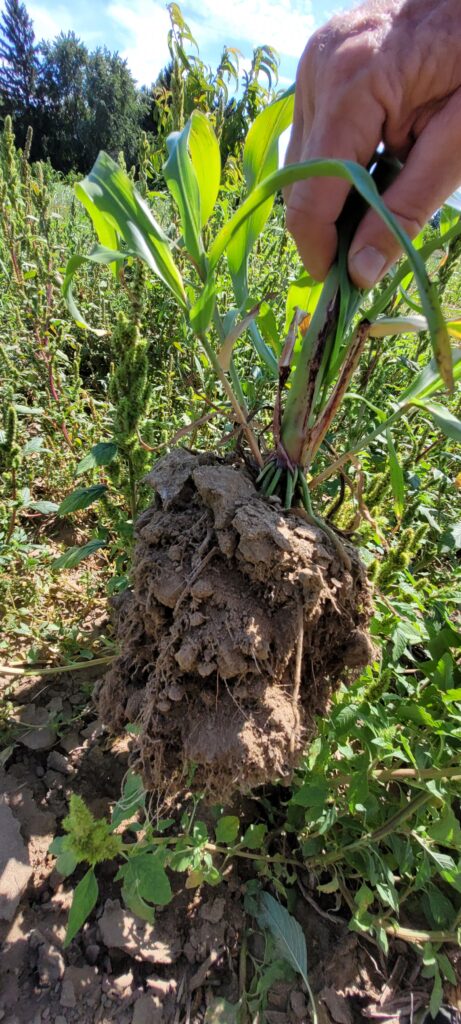In our modern world, it’s easy to be influenced by the conventional narrative that’s been sold to us through marketing and academia. However, this narrative, which is often reinforced by chemical and fertilizer companies, is based on a limited understanding of soil and land care that focuses solely on dirt and ignores the vital role of soil life.
At the heart of this conventional thinking is the belief that soil is simply a medium for growing plants, and that the solution to any problems with soil health is to add more chemicals and fertilizers. But this couldn’t be further from the truth. As we’re starting to learn from researchers like Dr. James White at Rutgers University, soil is not just dirt but a complex and dynamic system that requires a holistic approach to truly thrive.

Through the concept of the rhizophagy cycle, we can see the crucial role that soil life plays in maintaining the health of our ecosystems. Nitrogen-fixing bacteria, mycorrhizae fungus, and other organisms work together in a symbiotic relationship that is vital to the survival of plants. In this sense, we can think of plants as farmers of their own biology, using these relationships to cultivate a healthy soil environment.
It’s time for us to pivot our thinking and embrace a new narrative in soil and land care. By embracing regenerative processes, we can work with nature to create thriving ecosystems, rather than against it by using conventional methods that destroy soil life. The key is to recognize that our vision has been skewed by the conventional narrative and to use our purchasing power to support new and innovative solutions that are in line with the principles of regenerative land care.
Let’s move beyond the limited thinking of conventional soil and land care and embrace a new, more holistic perspective that recognizes the vital role of soil life in maintaining the health of our ecosystems.